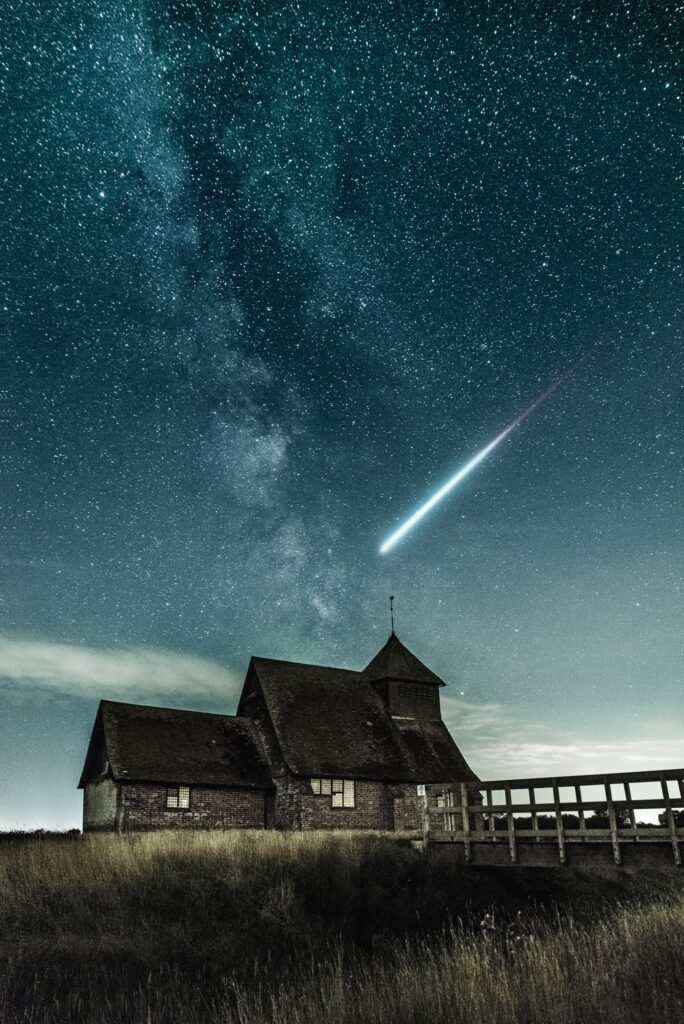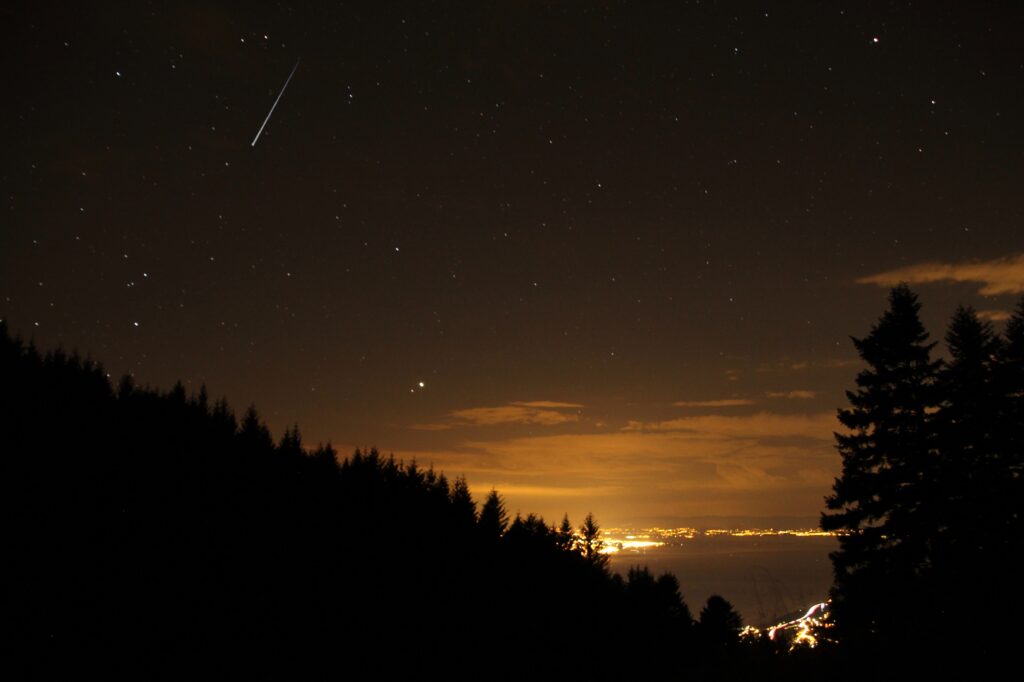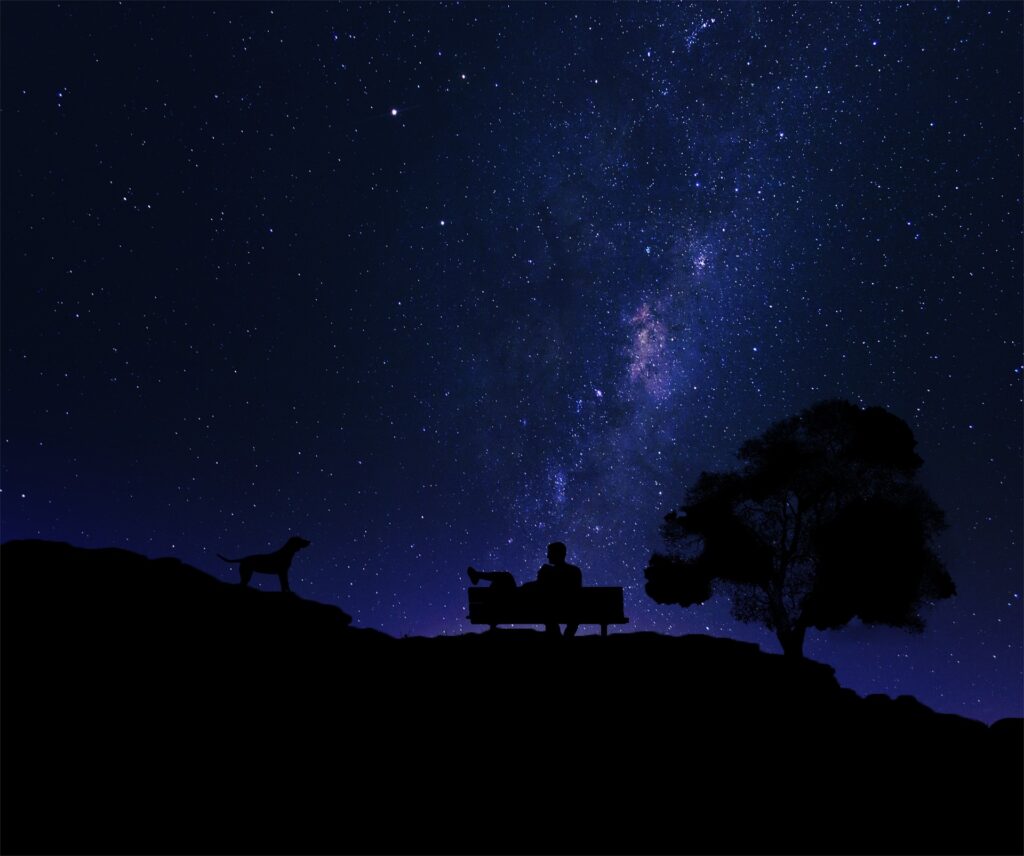The night of St. Lawrence between traditions and legends
According to tradition, on the night of August 10, St. Lawrence’s Day by observing the sky, one can admire shooting stars and make wishes.

The phenomenon occurs as the Earth, orbiting the Sun, encounters at this time of year a swarm of meteors (known as shooting stars) that appear to come from the constellation Perseus and are therefore called Perseids.
The Perseids are small fragments of rock, debris that ignite upon entering Earth’s atmosphere, and are visible at many times of the year but the summer ones are the most popular, with about 200 meteors per hour and therefore easier to see.
The comet “Swift Tuttle” comes very close to the Sun each year from August 9 to 12, releasing myriad fragments visible to the human eye.
Tears of St. Lawrence
Christians, August 10 commemorates St. Lawrence, who was burned alive in 258 A.D. under the empire of Valerian.
Tradition has it that the “shooting stars” are the burning embers that sprang from his burning, or his tears, the same tears taken up centuries later by Giovanni Pascoli in his poem August 10, in which he recalls the death of his father, who was killed on his way home.
However, few people know that the Perseid swarm begins much earlier and lasts for more than a month. This year it runs from July 15 until August 24.
Traditions in ancient Greece
The Greeks, believed that shooting stars were sparks produced by the chariot driven by Phaeton, son of Phoebus who stole his father’s chariot, causing damage and, because of this, Zeus was forced to electrocute him.
In Sparta, on the other hand, shooting stars were used as a yardstick for judging the king’s performance: every nine years, the sky was observed to determine whether the gods were favorable to the current ruler or not. If the passage of a falling star was noted, the king was to be deposed.
Traditions in ancient Rome
In ancient Rome the entire month of August was dedicated to the emperor Augustus, with celebrations and festivals, and August 10 was the feast of the god Priapus, a fertility deity, represented with a large phallus that was carried in processions by Romans.
In tradition, therefore, shooting stars were associated with this deity and associated with ejaculated sperm that, falling to earth, would make the fields fertile and give a good harvest. With the advent of Christianity, August 10 was also dedicated to the martyrdom of St. Lawrence because of its assonance with Acca Larenzia, i.e., the Great Mother and female counterpart of Priapus.

Why are wishes associated with shooting stars?
Tradition has it that this bright meteor shower is entrusted with our wishes.
The word wish comes from the Latin “desiderium,” meaning lack of stars.
Since ancient times, the world of the sky and stars has been of precious significance, and our predecessors were greatly influenced by it. The celestial bodies were considered real gods, from which astrology would in fact later derive, and predictions of the future were based on their observation. Navigators and wayfarers also, in the absence of other instruments, relied on the stars as valuable guides during their journeys at night.
Hence the belief of observing the stars, then closing one’s eyes and making a wish. The moment a star falls means that destiny is no longer written, and each person has a chance to see his or her future change.
Peak of the phenomenon 2022
The peak of the phenomenon will be between August 12 and 13, but this year it will be more difficult to see the “shooting stars” because of the full Moon whose peak will be on August 12 and will light up the nights, making it more difficult to observe the sky.
This year from July, in addition to the Perseids, another meteor shower is also visible from Earth, namely the Delta Aquarids.
To enjoy the show you will need to move away from populated areas, as artificial lights diminish the possibility of observation.






